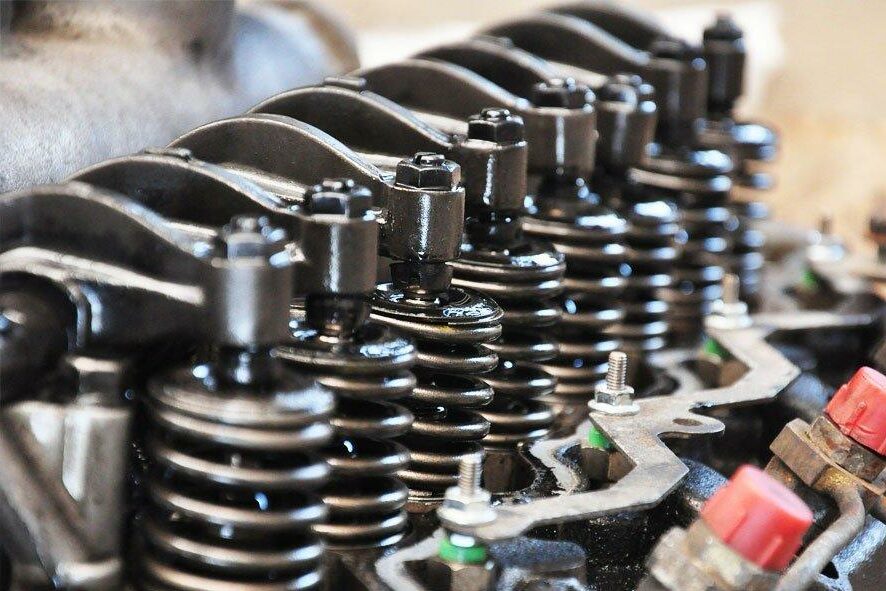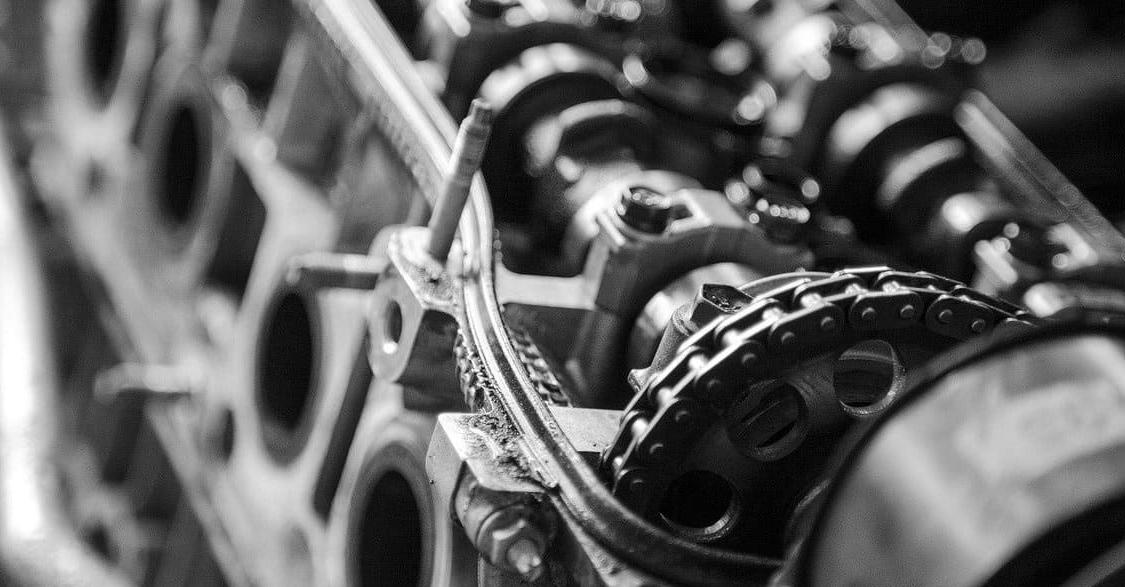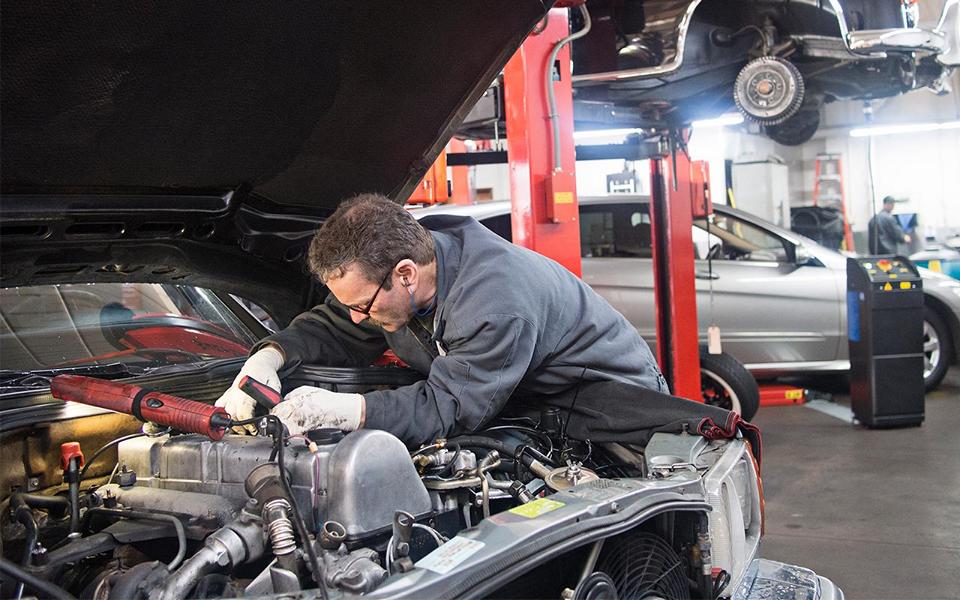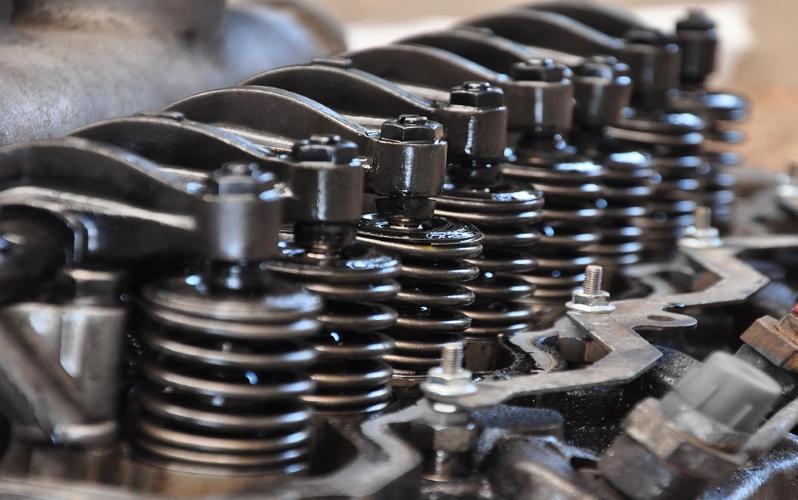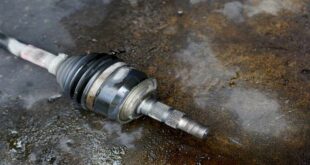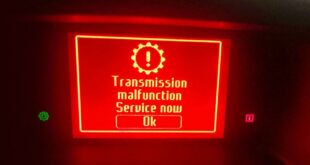Recently updated on October 5, 2023 at 02:47 am
[Update: 05.10.2023] This post was updatedto take more recent information into account. Defective or rattling hydraulic lifters in the engine are not uncommon. But which symptoms draw attention to it, how does the repair work and is it even possible and what are the costs? The answers to these questions are in the following post. Yes, first a brief summary. The hydraulic tappets are also as Hydraulic ram, hydros or hydraulic valve clearance compensation elements known. They ensure automatic valve clearance compensation and are located on the engine's intake and exhaust valves. The main symptom of a defect is clearly mechanical Clacking from the engine compartment, especially when the vehicle is still cold. The rattling can also increase over time.
Hydraulic tappet defective?
Often a bad or old motor oil one reason for increased wear of the hydraulic tappets and the resulting rattling. Cars that are left standing for a long time can also get this problem. And is the oil level zu hoch, rattling may also occur. The excess oil can cause foam to form. The air then collects in the compensating valve and this can cause the rattling. If a used vehicle is to be bought, the engine should always be be started cold. If the car's engine is already warm, the rattling may not be audible.
Hydraulic lifters don't always have to come out
But the hydraulic lifters have to not always renewed. However, this depends on the overall symptoms. One may be sufficient new or better motor oil to use. And there are oil additives that are added to engine oil. You may be able to ensure that the rattling stops. Whether the use of additives makes sense should be discussed in advance with the workshop. Because if the noise is due to mechanical damage, the additives will help not. More information on this topic can be found in our article "Put an end to rattling: additives for hydraulic valve lifters!".
Continue / main inspection
In the worst case, the defective hydraulic tappets can cause a defective camshaft have what in a engine failure ends. A quick visit to a workshop can therefore avoid high follow-up costs. And how do defective hydraulic tappets affect the upcoming main inspection? Defective hydraulic lifters can cause a wrong emission value cause, which is then noticed during the main inspection. This is considered a major defect and the car passes the general inspection not.
Changing / repairing the hydraulic tappets!
The effort involved in changing the hydraulic lifters depends on the vehicle model. The first thing to do is remove the engine cover. Then the valve cover/cylinder head cover must be uninstalled. Now the camshaft often has to be dismantled so that the hydraulic tappets can be reached. And in order for this to work, the timing belt or timing chain must also be removed. If the latter is the case, the workshop should check immediately whether the belts/chain including the water pump and deflection pulleys may need to be replaced at the same time. Corresponding sets are generally not expensive, but the effort required for dismantling and therefore repair is high.
If everything is replaced immediately, you will save yourself from having to go to the workshop again a short time later. Then it's the turn of the hydros to be replaced. Since the repair sometimes takes a long time, but the tappets are quite cheap, and all of the tappets had a similar load, it makes sense to do it straight away replace all hydraulic lifters. Once that is done, everything can be reassembled. At the end of the repair still has to the oil to be changed. After a final test drive, the vehicle is normally ready for use again.
How much does it cost to replace the hydraulic valve lifters?
In the event of a mechanical defect, the hydraulic lifters must be replaced. A well-known spare parts manufacturer is INA. There are as many hydraulic tappets in the engine as there are valves. A 1.6 liter 16V engine with four cylinders has 16 valves. In this case it should be direct 16 hydraulic tappets can be changed. A hydraulic tappet costs between 5 and 20 euros. The hydraulics for our example engine would therefore cost between 80 and 320 euros. However, an oil change is also due, which means there are costs for the oil and the oil filter, around 50 to 200 euros. A new valve cover gasket costs between 10 and 80 euros. Depending on the structure of the vehicle's engine, the repair takes between one and a half and five hours. If the workshop charges 100 euros per hour, it means that the wages in our example are 150 to 500 euros. The repair in our example is somewhere between 290 and 1.100 euros.
What is the task of the hydraulic lifters?
The inlet and outlet valves have with temperature differences to fight. Due to temperature fluctuations and wear, the intake and exhaust valves have some play. In the past, the hydraulic valve lifters on the old engines had to be adjusted at regular intervals. Hydro tappets ensure hydraulic compensation of the valve clearance in the running engine and this completely Automatically. Manual adjustment work is therefore unnecessary. In order for the hydraulic tappets to be able to work without problems for a long time, the ones prescribed by the vehicle manufacturer should be used oil change intervals are met or, at best, exceeded. In addition, short distances should be avoided and the engine should always be warmed up carefully.
FAQ: Rattling and defective hydraulic lifters
How do you know that the hydraulic lifters are defective?
- Rattling hydraulic lifters often show characteristic symptoms such as loud clicking or rattling noises, especially when starting the engine from cold. Sometimes this rattling may subside once the engine reaches operating temperature. In addition to the noise, misfiring and a rough running engine can also indicate a defect.
What happens if you continue driving with broken hydraulic lifters?
- In principle, you can continue driving with a defective hydraulic lifter, especially if the rattling only occurs during the warm-up phase. However, persistent rattling noises and ignoring the problem can lead to further engine damage, which is significantly more costly than simply replacing the hydraulic lifters.
How much does it cost to change the hydraulic lifter?
- The Changing the hydraulic lifters can vary greatly depending on the model of vehicle and the associated requirements. Individual hydraulic lifters are relatively inexpensive (approx. 20-50 euros per piece), but the total costs including installation can quickly reach 500 euros or more, depending on the complexity and amount of work involved.
How do you test hydraulic lifters?
- You can test hydraulic lifters by trying to compress them or listening for acoustic signs such as ticking or rattling. Also pay attention to whether the rocker arms have a certain amount of axial play, which also indicates possible wear.
How long can hydraulic lifters rattle for?
- It is not uncommon for hydraulic lifters to rattle shortly after starting, as long as this noise subsides after a few seconds. However, if the noises persist or occur when the engine is operating, it is advisable to call a professional to check.
Can hydraulic lifters be adjusted?
- The Adjustment of the hydraulic lifters is particularly relevant after removing the rocker arms. The piston of the relevant hydraulic tappet must be set to ignition TDC by pushing the vehicle in 4th gear. A special adjusting nut on the rocker arm enables regulation.
What can you do if hydraulic lifters rattle?
- The rattling hydraulic lifters An oil change or the use of an oil viscosity-increasing additive could provide temporary relief. However, for a sustainable solution it is often necessary to replace severely worn or defective hydraulic lifters.
How often hydraulic lifter additive?
- Additives for hydraulic lifters, such as those from LIQUI MOLY, can help minimize slight rattling noises. As a rule, the can content of 300 ml is sufficient for up to 6 liters of engine oil. The addition can be done at any time and should be reapplied after every oil change to ensure a consistent effect.
The following note is essential: For safety reasons, tuningblog recommends all repair, inspection and maintenance work exclusively to be carried out in a specialist workshop! Although our information is summarized to the best of our knowledge and belief, we cannot assume any liability for the content. All information is therefore "without guarantee".
Of course, that wasn't the end of it!
In this tuning blog category there are guides and instructions on common defects/repairs on the vehicle as well as on installing accessories/tuning parts. Our articles explain common defects and the corresponding repairs in a simple manner and also explain how the first signs of a defect become apparent.
|
Defects in the car drive shaft? It is important to pay attention to this! |
"tuningblog.eu" - we keep you up to date on the subject of autotuning and car styling with our tuning magazine and present you with the latest tuned vehicles from all over the world every day.
 tuningblog.eu Your magazine about tuning the car
tuningblog.eu Your magazine about tuning the car
